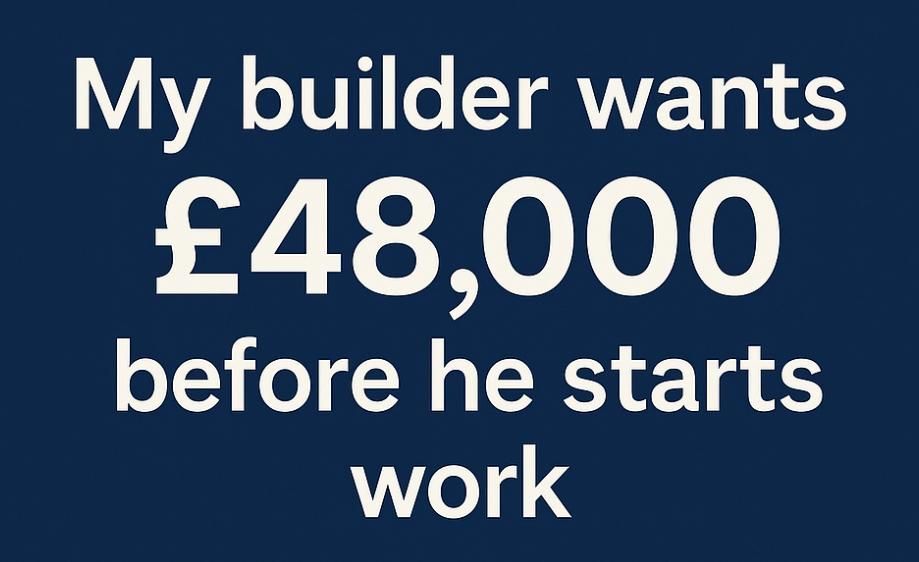COP 26 Garden @ RHS Chelsea Flower Show
The 4 stages of bringing a garden back from decline in an environmentally friendly way
With the climate crisis in mind one of the highlights of the recent RHS Chelsea Flower Show was the COP 26 garden - 4 stages to recovery. All sources have been cited below:
A Cop26 garden with a “very strong political message” on how gardening can help the environment will feature at this year’s Chelsea Flower Show.
The large RHS garden, designed by Balston Agius, led by Marie-Louise Agius, will feature at the world-famous show, which has made a high-profile move to the autumn for the first time ever this year due to the pandemic.
It means the flower show at the Royal Hospital, Chelsea, will be taking place in September in the run-up to the key United Nations Cop26 climate summit being hosted by the UK and set to take place in November in Glasgow.
Ms Agius said climate change cannot be ignored, but everyone can play their part through horticulture – even with just a window box – and she hopes people will take home ideas from the show.
“We need to be proactive about addressing the issues and we hope to show the role horticulture and a sustainable approach to the design of our external spaces can have in doing this.
“This is not an issue for ‘others’ to deal with – we each have an individual responsibility and opportunity to contribute towards improving climate change.
Speaking about the Cop26 garden, she said: “It’s got a very strong political message, we want everybody in the country to listen.
“We do particularly want government to listen because we want to support their environment plan, we are in agreement with them, but they also need to acknowledge the power of horticulture.”
https://www.rhs.org.uk/shows-events/rhs-chelsea-flower-show/cop26
The RHS COP26 Garden demonstrates how our gardens, plants and public green spaces can play a crucial role in protecting our planet and people.
This garden has been divided into four zones for visitors to give ideas on how to create a garden adapted to climate change. These four areas have been named as:
Decline – this shows how the environment suffers from intense building and poor plantation.
Adaptation – this shows the planting needed to adapt to high temperatures and rainfall.
Mitigation – this gives ideas that can improve local habitats and fight the effects of climate change.
Finally, the balance area shows how we can work with nature to create a beautiful environmentally-friendly garden.
https://www.theguardian.com/environment The “decline” section is only a quarter of the 20 by 20 metre Cop26 garden. The other sections look at “adaptation”, “mitigation” and “balance”, and how gardeners can be part of the solution. It has been funded by the RHS with the aim of highlighting the importance of sustainable horticulture ahead of the Cop26 climate summit to be held in Glasgow in November.
Separating decline and adaptation is a burnt hedge, symbolic of the planet’s increasingly destructive wildfires.
The next part of the garden – mitigation – takes visitors back to a typically bucolic English scene with an exuberant wildflower meadow, little pond, and beehives. A small ditch provides places for water to settle and damp-loving plants to thrive.
The final section of the garden is balance, which incorporates vegetables, as well as long grasses and fruit trees including lime, quince and pomegranate.
https://www.rhs.org.uk/shows-events/rhs-chelsea-flower-show/gardens/2021/rhs-cop26-garden The RHS COP26 Garden contains innovative and cutting-edge elements. It also features achievable ideas that we can implement at home and in our communities. The RHS is encouraging everyone to make small changes to their own garden, and collectively those changes could make a big difference to our planet.
It’s an unconventional addition to the 108-year-old Chelsea Flower Show, but this thought-provoking creation is a warning of how dead our planet will be if we don’t change the way we manage green spaces, including over irrigating and using excessive drainage and too many chemicals.
Prof Alistair Griffiths, director of science and collections at the RHS, hopes the government will recognise and appreciate how important gardening is for climate resilience ahead of Cop26. He says: “We’re a passionate nation of gardeners. Gardening is one of a number of ways the UK general public can take action to help to mitigate against climate change.”
The latest categories to be added to RHS Chelsea are balcony gardens and container gardens, which have become more popular as people have focused on getting the most out of where they live. These pocket gardens fit in a 2 by 5 metre area and show how much can be done in a small space using pots. They are made by gardeners coming to Chelsea for the first time.
If you’re working from home spending eight or 12 hours a day working, it’s nice to put your laptop away, then go out into the air, see some green, see some birds and insects, and take that break.
The number of gardeners in the UK has grown by nearly 3 million over lockdown and now stands at 30 million. Organisers hope the pocket gardens will encourage increasing numbers of younger people on lower budgets to get into gardening.
The Chelsea flower show was cancelled last year and this year was postponed to 21-26 September from late May because of the pandemic. The Cop26 garden will go on to be incorporated into the
RHS Garden Bridgewater in Greater Manchester and will be used to teach people about the climate crisis and gardening.



